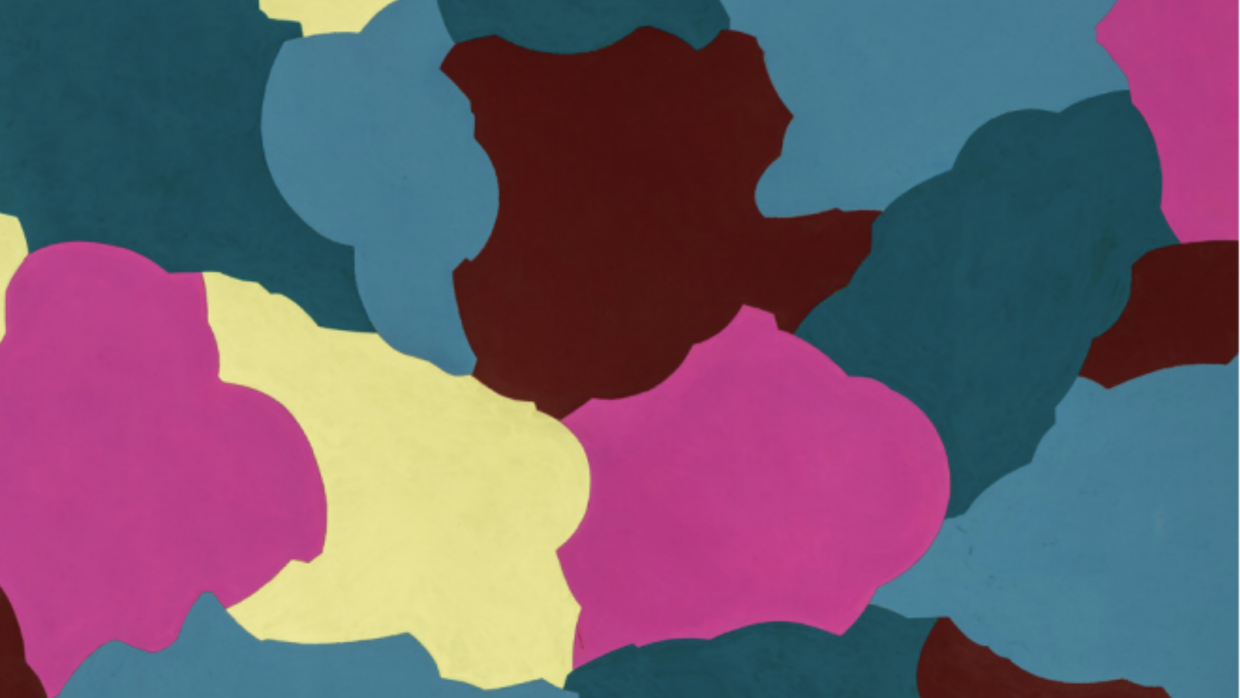|
Getting your Trinity Audio player ready...
|
“Refactoring (1966-74)”, running from March 8 – May 11 at London’s Gazelli Art House, delves into a crucial phase of Harold Cohen’s career, illuminating the foundations of his groundbreaking foray into the intersection of art and artificial intelligence. This showcase, paralleling a significant exhibition at the Whitney Museum of American Art, is more than a chronicle of Cohen’s artistic metamorphosis; it illustrates the constantly evolving nexus of technology and artistic expression.
By the late 1960s, Cohen had etched his name in the annals of the visual arts, his works gracing the halls of the 33rd Venice Biennale and galleries across Europe. But beyond his artistic finesse, it was his insatiable appetite for innovation that distinguished him. Andrew Forge eloquently described this period as Cohen’s exploration of “painting about the meaning of painting,” a testament to his profound engagement with art’s philosophical dimensions.
Cohen’s entry into the computing realm was as unexpected as it was transformative. Driven by a desire for a more public form of art and captivated by the interplay of color and form, he found himself at the University of California, San Diego. Here, he birthed AARON, a computer program engineered to autonomously generate art, marking a pivotal shift in his artistic pursuit. Cohen now sought to solve the mysteries of painting through the prism of technology.
The Gazelli Art House exhibition, curated with an eye for detail, presents a selection of Cohen’s early computerized works alongside his hand-drawn pieces on dacron sailcloth. These works are more than mere artistic expressions; they are tangible records of the dawn of a novel artistic medium. Cohen’s collaboration with AARON blurred traditional boundaries between the artist and the tool, inviting contemplation on the artist’s role in an era increasingly dominated by artificial intelligence.
Cohen’s works, striking in their timelessness, resonate profoundly with contemporary themes in digital and AI art. His pioneering explorations into computer art, predating the digital revolution, position this exhibition not just as a retrospective but as a forward-looking examination of art’s potentialities in the digital epoch.
Christiane Paul, the Whitney Museum’s Curator of Digital Art, encapsulates the exhibition’s core: it bridges Cohen’s initial analog experiments to his later AI-centric practice, underscoring a lifelong dedication to reimagining the boundaries of artistic creation.
In essence, “Refactoring (1966-74)” is an homage to Harold Cohen’s enduring legacy, a celebration of his relentless pursuit of innovation in art. Standing at the juncture of a new era in digital and AI art, Cohen’s oeuvre prompts a reflection on the dynamic interplay between human creativity, machine intelligence, and artistic expression.



